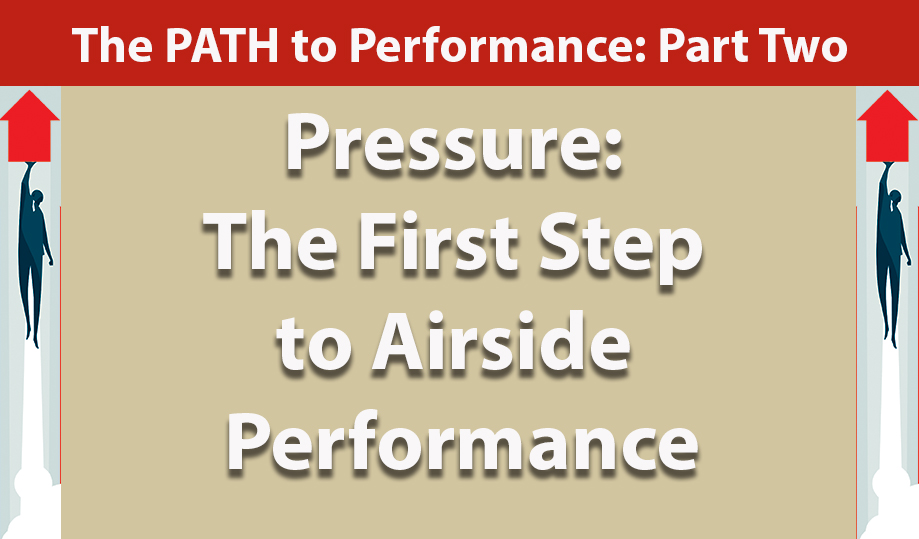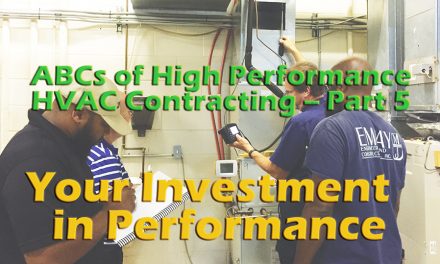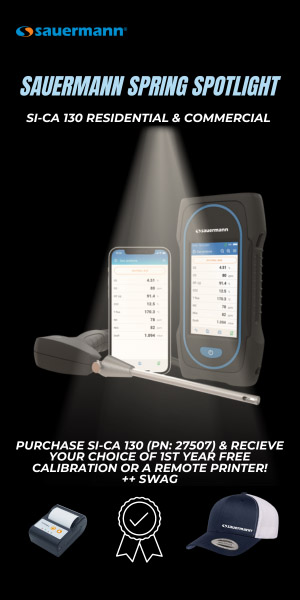The best place to start is with your service technicians. They have the greatest opportunity to measure, turn results into ways to better serve customers, and generate additional work. You need to account for different technician types. Selling technicians and non-selling technicians often handle static pressure readings differently.
The selling tech will take readings, diagnose the system, and then offer solutions to the customer. A non-selling technician will gather the information and hand it off to a salesperson or comfort advisor. It is the comfort advisor who then diagnoses the readings and follows up with the customer.
John Boylan with Lakeside Service, in Brighton, MI has an ingenious system for tracking static pressure measurements. His techs gather and record static pressure measurements and then upload them to the company server. They then advise the customer that someone will contact them if the static pressure readings are high.
The Lakeside office prioritizes test results based on how far the results are above maximum-rated TESP. For example, measured TESP that exceeds .90-in. w.c. ranks as an urgent priority on equipment with a .50-in. w.c. maximum-rated TESP. A comfort advisor then follows up with the customer to discuss their system’s health.
The comfort advisors explain results using a blood pressure comparison. High static pressure ‘ like high blood pressure ‘ shows impending issues and why the HVAC system’s health is suffering as a result.

Then they discuss action steps to consider, similar to a doctor telling a patient about their medical condition. They offer recommendations based on test results and let the customer decide the next steps. Sounds good, right?
Obstacles in the Path
Of course, there are obstacles to overcome. With a little planning, it’s easier to predict and prepare for these events. The biggest obstacle to tackle for many companies is getting everyone on board. Before you start down the path, first, make sure everyone understands WHY you’re doing it.
One way is to parallel what you’re doing with static pressure testing to what a physician does. Doctors measure, track, and help patients maintain good health with their blood pressure readings.
It is easier to get everyone on board when they understand that as HVAC technicians, they are improving a customer’s life and heading off future problems.
Fear is another obstacle. The most common fears are:
- Worrying about drilling into a coil
- Taking measurements improperly
- Not knowing how to discuss test results with a customer.
You can overcome these issues with practice, so everyone builds their confidence. Give your technicians and salespeople time to practice and adjust to static pressure measurements in a non-threatening environment.
They must be unafraid of making a mistake or looking bad in front of a customer. You learn as you perform a task, so allow plenty of time for pre-planned practice to avoid fear.














Recent Comments